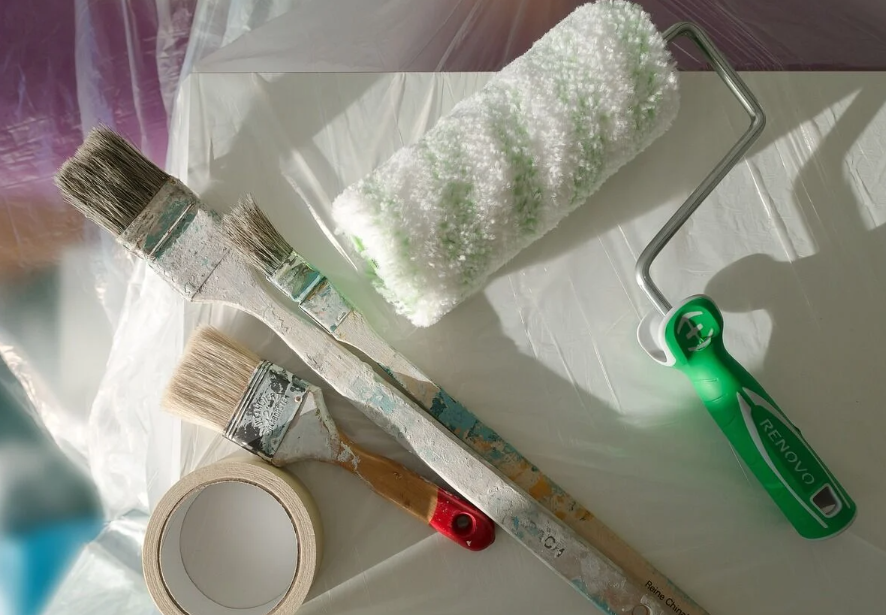Painting a wall or ceiling can dramatically transform the look and feel of a room. However, before you grab your paintbrush and start applying your chosen colour, there’s an essential preparation step that many overlook—gib stopping. This process plays a crucial role in achieving a smooth, flawless finish, and it’s vital for a professional result.
What is Gib Stopping?
Gib stopping refers to sealing the joints between plasterboard (commonly known as gib board) sheets with a joint compound or plaster. This step ensures the walls and ceilings are smooth and seamless, eliminating any gaps or imperfections where the boards meet. It also helps to create a stable base for painting, as it fills in any cracks, holes, or uneven areas that could disrupt the finished look.
Why is Gib Stopping Important?
-
Prevents Imperfections in the Paint Finish
Without gib stopping, any imperfections in the plasterboard joints—such as gaps, visible seams, or uneven edges—will be noticeable once the paint is applied. Even the best quality paint will not hide these flaws. The stopping process ensures the surface is smooth, preventing unsightly lines or uneven textures that can detract from the aesthetic.
-
Improves Paint Adhesion
A smooth, even surface created by gib stopping ensures that the paint adheres properly. If the plaster repair joints are left untreated, they may absorb paint differently, resulting in uneven coverage. By sealing the joints, you provide a consistent base for the paint to bond, ensuring a long-lasting and durable finish.
-
Enhances Durability
Once the gib stopping is complete, it adds strength to the surface. The joint compound helps to secure the plasterboard sheets in place and reduces the risk of cracks or movement in the future. This stability is essential, especially in areas with high humidity or temperature changes, where the walls may expand or contract.
-
Saves Time and Money in the Long Run
Although gib stopping may seem like an extra step, it can save both time and money. Skipping this process could lead to the need for touch-ups and repairs after the paint is applied, as imperfections become more evident. By taking the time to stop the gib joints properly, you can avoid these costly and time-consuming fixes.
Conclusion
In conclusion, gib stopping is an essential step that should never be overlooked when preparing walls or ceilings for painting. It provides a smooth, stable, and durable surface, ensuring a flawless paint finish that will last. So, before you start painting, make sure to complete the process for the best results.

